The following are visual references related to the VAM's Style Guide: Influence of India.
Kashmir and Paisley
Other Indian styles and decorative elements, while noteworthy, did not have the same wide impact on English dress as the Kashmir shawl. The banyan--worn for gentlemen's undress, like the powdering gown and smoking jacket--in an unusual example of a style of Indian garment being adopted, rather than the decorative motifs being appropriated and applied to English dress. As an example of the opposite, the final piece is an English-style evening gown which had been trimmed with a particularly Indian style of embroidery, incorporating thousands of iridescent eyltra beetle-wings.
Shawls
 |
| Kashmir Shawl, c.1855 Victoria and Albert Museum |
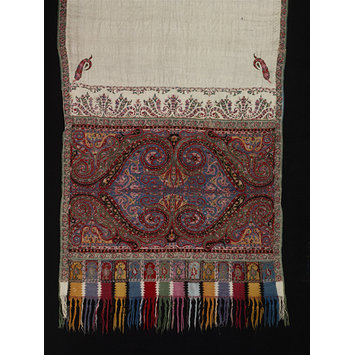 |
| Kashmir Scarf, 1867 Victoria and Albert Museum |
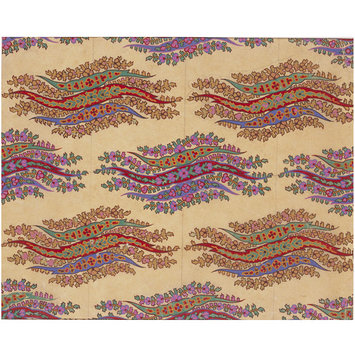 |
| Shawl design, goache, c. 1850, English Victoria and Albert Museum |
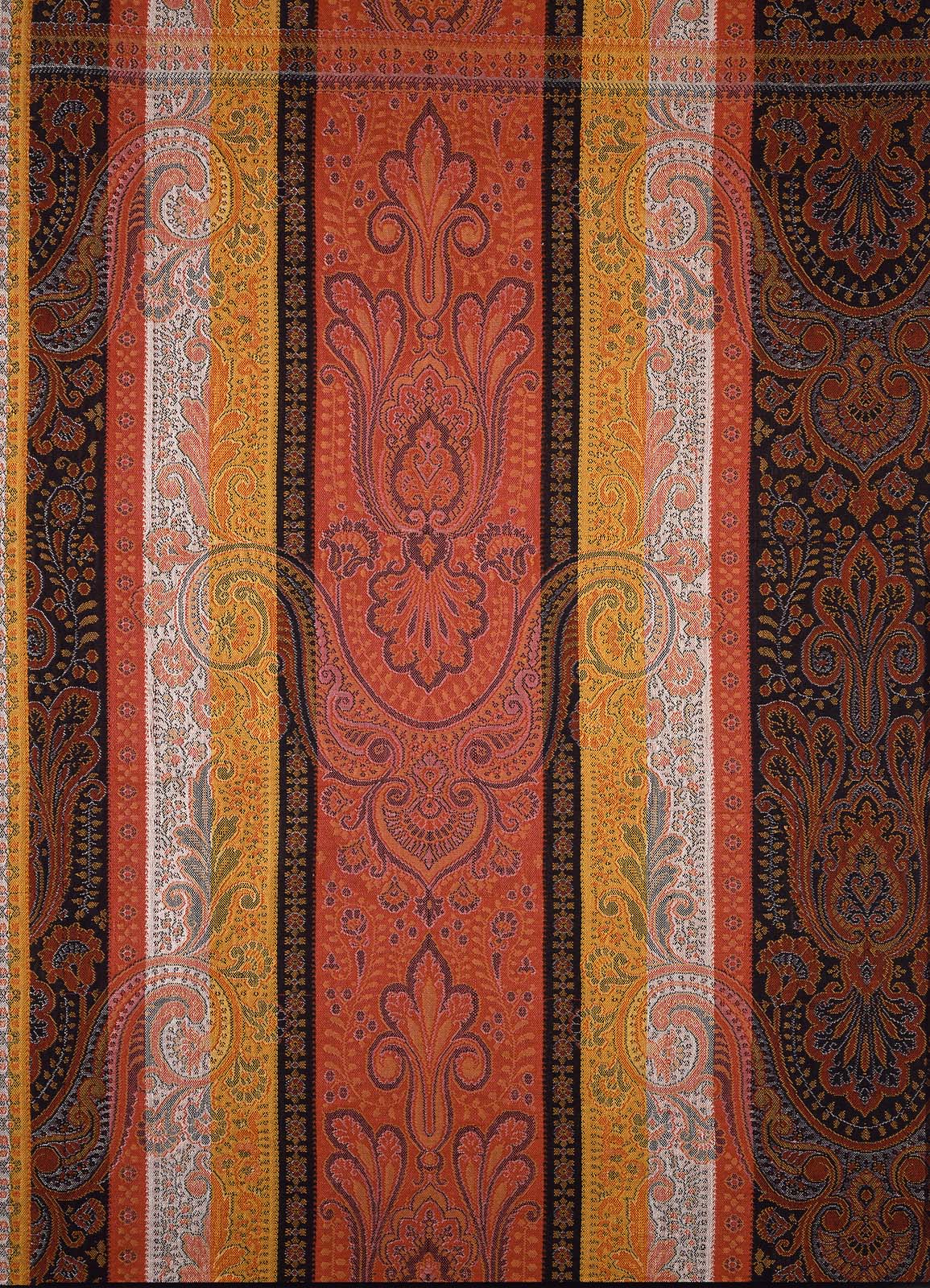 |
| Paisley Shawl, Scottish, 1865-1870 Museum of Fine Arts Boston |
 |
| Paisley Shawl, Scottish, c.1865-1875 The Metropolitan Museum |
Paisley Dress Fabric
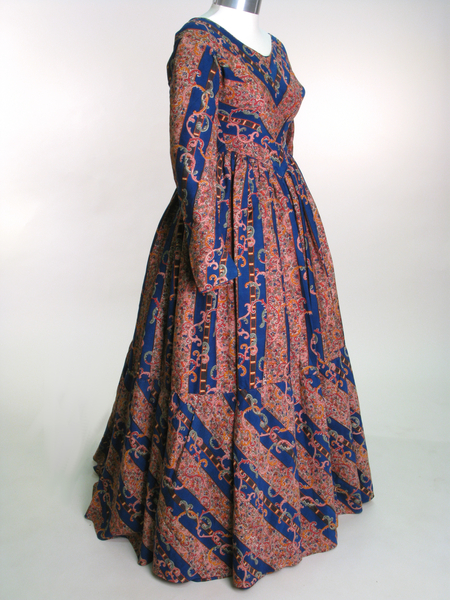 |
| Paisley Print Wool Challis Dress, c.1842-3. Manchester Art Gallery |
 |
| Wool Paisley Print Dress, c.1846-9. Fashion History Museum, Cambridge. |
 |
| Dress of paisley print, c.1850 From the Metropolitan Museum |
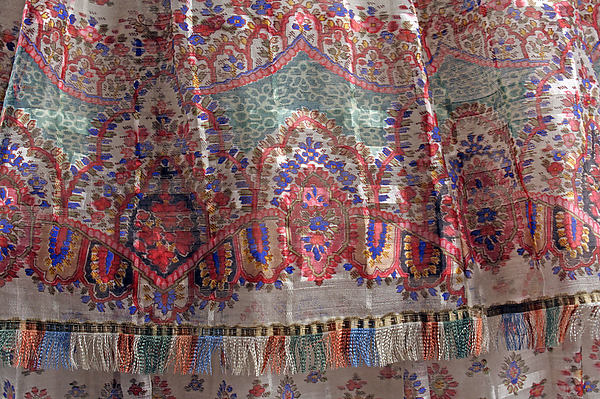 |
| Fabric detail. |
 |
| Dressing Gown, English, 1866. Kyoto Costume Institute. |
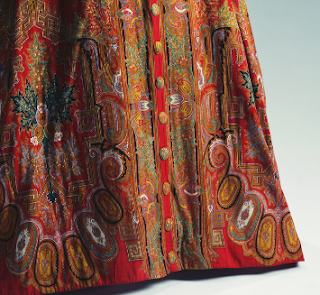 |
| Fabric detail. And those buttons! |
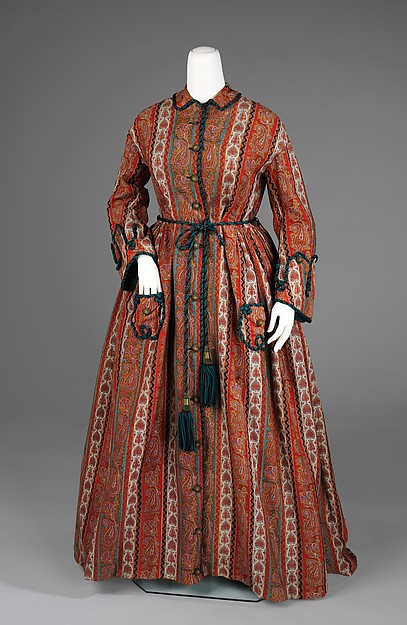 |
| Dressing Gown, c.1875 The Metropolitan Museum |
Beyond Dresses
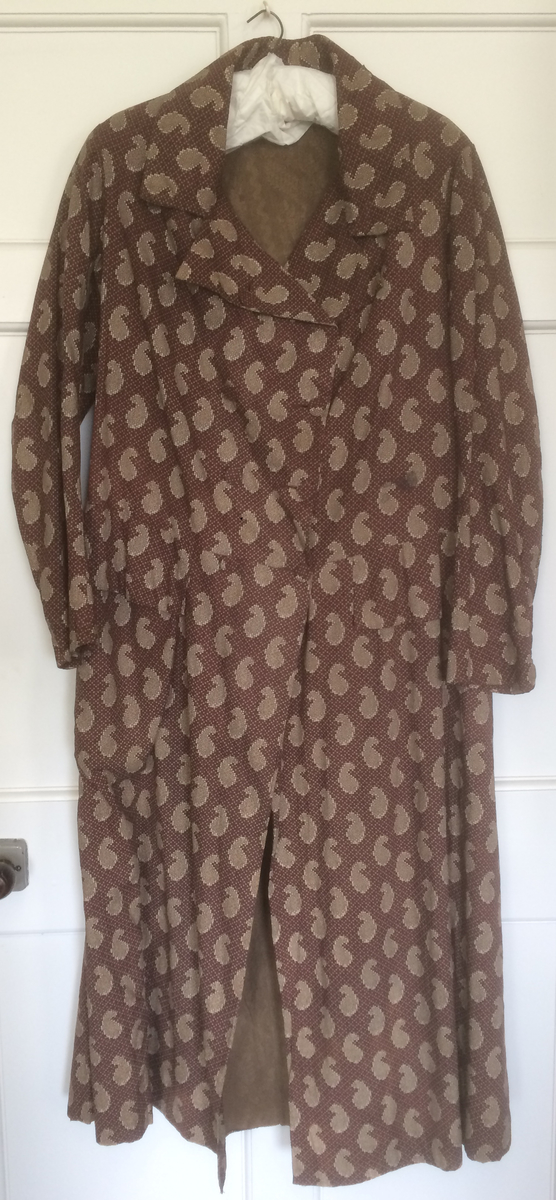 |
| Paisley Print Cotton Coat, c. 1830-1840 Manchester Art Gallery |
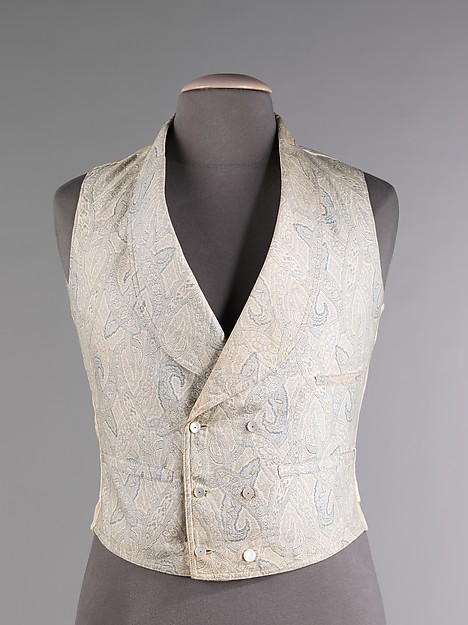 |
| Paisley Vest, c.1860-69 The Metropolitan Museum |
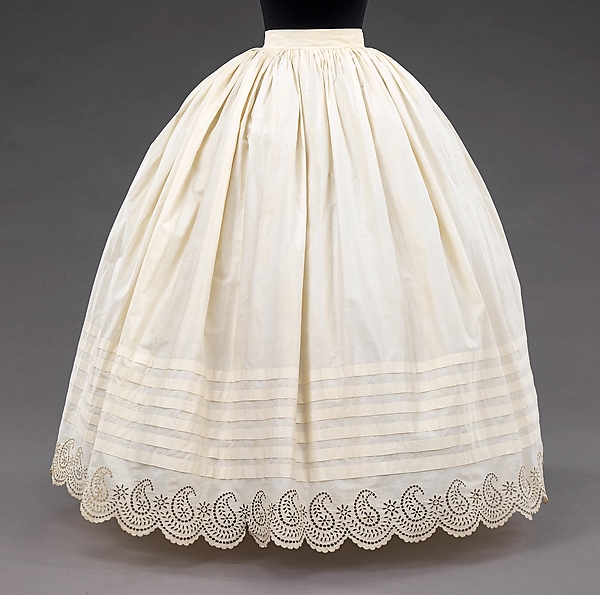 |
| Petticoat with broderie anglaise boteh pattern, c.1855-1865 The Metropolitan Museum. |
 |
| Dolman with embroidered botehs, c.1883-1890. The Museum of Fine Arts Boston. |
Recycled Shawls
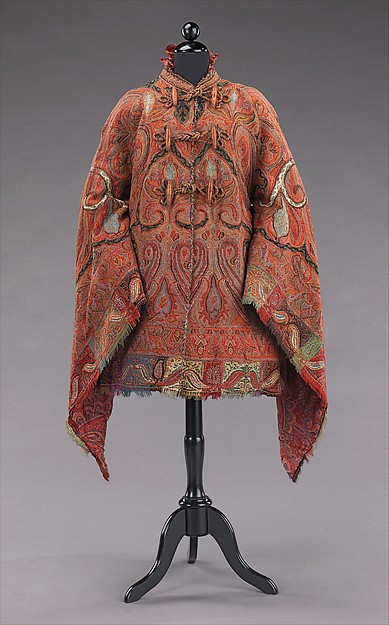 |
| Dolman, c.1875 The Metropolitan Museum |
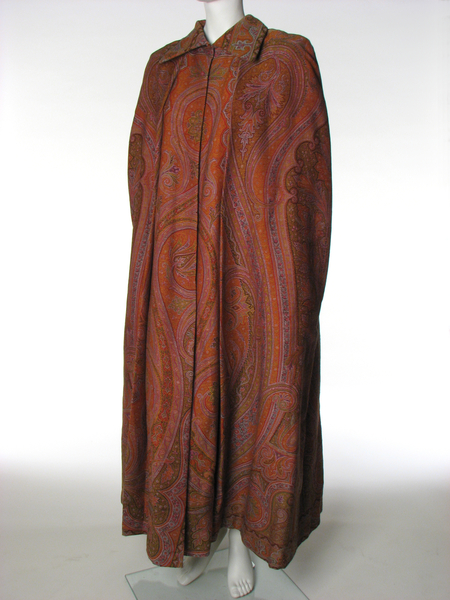 |
| Cloak, c.1880-1890, made from an 1860s shawl. Manchester Art Gallery. |
 |
| Tea gown, c.1891, made from a cashmere shawl. The Metropolitan Museum |
Banyan
 |
| Banyan, c.1880 Los Angeles County Museum |
Elytra
 |
| Evening Gown, c.1850, possibly from India. Kyoto Costume Institute. |
 |
| Detail of the elytra beetle-wing embroidery. |
No comments:
Post a Comment
Thanks for commenting!